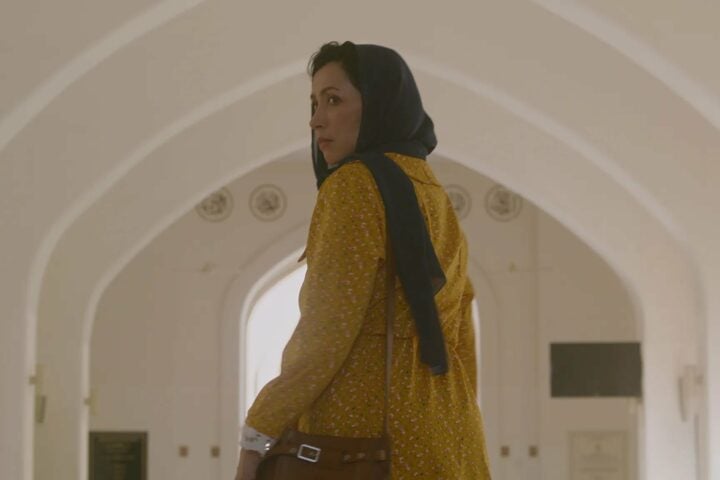Blue Jean more than ably exposes sexism and homophobia in British culture.
Much of the film is spent in this space of vulnerability we could call the feminine position.
Joyland’s dignity is in its commitment to realism.
Claire Simon’s tour de force is a realistic celebration fused with pre-emptive mourning.
Philippe Garrel’s The Plough is a minor addition to the iconic filmmaker’s oeuvre.
Lack of clarity, it turns out, is what makes Disco Boy so enjoyable, and imbues it with gravitas.
Femme taps into the radical possibilities of the sartorial as narrative device.
One might say that the IFFR puts the “jaws of life” to the test on cinema.
The film is best enjoyed by wallowing in the lushness of its fabrics, sartorial and symbolic alike.
Mosese’s fiction feature debut receives a vibrant transfer and a small but solid slate of extras.
The film reminds us that any coming of age is a risky business where finitude and mourning are the only guarantees.
The focus on Ferragamo’s craft is exciting, but the narrative’s tendency to embody the opposite of the designer’s innovativeness feels lazy and contradictory.
Aly Muritiba’s film is always telling the viewer that death-ness and trans-ness bear the intimacy of Siamese sisters.
Léonor Serraille’s Mother and Son is a lovely film about feminine strength that also refuses to glorify motherhood.
There’s no surprise to recognize that FIDMarseille’s most obvious qualities are its lack of pretense and penchant for experimentation.
Hayakawa Chie reveals a culture that seems almost mobilized to destroy its own soul.
Once the film digresses from its focus on lovers trying to learn from love’s failures, its desperation becomes unmistakable.
Throughout Cow, a kind of affective connection is formed between animal and the cinematic apparatus.
Grasshopper’s excellent home video release highlights the aesthetic and tonal complexity of its minimalist approach.
In Great Freedom, the question of love is refreshingly never too far from bodily intimacy, irrespective of what kind of love that is.




